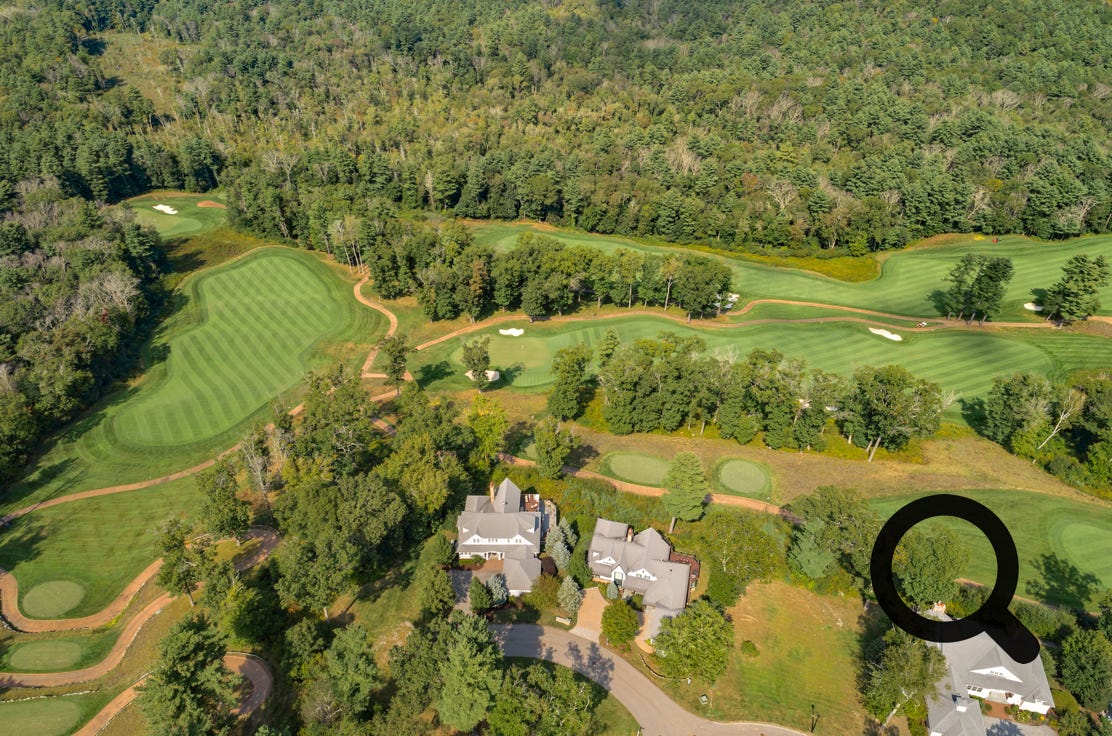
04/03/2025
What Should You Expect from a Professional Real Estate Photo Shoot?
Part 4.
Preparing Your Property for a Photography Session
Preparing a property for a real estate photo shoot is crucial for achieving the best results. First, decluttering the space is essential; a tidy environment allows potential buyers to focus on the property's features rather than distractions. Additionally, consider enhancing curb appeal by tidying up the exterior, ensuring that landscaping is well-maintained, and removing any unsightly items from view. Proper lighting is another key factor; open curtains and blinds to let in natural light, and consider the timing of the shoot to take advantage of the best lighting conditions. By taking these steps, you can ensure that your property is presented in the best possible light during the photo shoot.
When it comes to preparing a property for a real estate photo shoot, several essential steps can greatly enhance the overall quality of the images. To start, decluttering and depersonalizing the space is vital, as this allows potential buyers to envision themselves in the home without distractions. Additionally, enhancing the property’s curb appeal is critical; simple tasks such as mowing the lawn, trimming hedges, and ensuring the exterior is clean can make a significant difference. Lighting plays a crucial role in photography, so it’s important to maximize natural light by opening curtains and blinds, while also considering the best time of day for optimal lighting conditions. Taking the time to prepare your property thoughtfully can lead to stunning images that resonate with potential buyers and help accelerate the sales process.
The Role of Aerial Photography in Real Estate Marketing
Aerial photography has become an increasingly popular tool in real estate marketing, particularly for showcasing properties in the Boston area. This technique provides a unique perspective that highlights the property's surroundings, allowing potential buyers to appreciate the neighborhood and nearby amenities. Aerial shots can effectively capture large estates, waterfront properties, and expansive landscapes, which are often difficult to convey through traditional photography. By incorporating drone photography into marketing strategies, real estate professionals can create a more comprehensive and appealing representation of a property, ultimately attracting more interest from potential buyers.
The inclusion of aerial photography in real estate marketing offers a distinctive advantage that can set a listing apart from the competition. By utilizing drone technology, real estate agents can capture stunning images from unique angles, showcasing not just the property itself but also its surroundings, such as nearby parks, schools, and shopping areas. This broader view can provide potential buyers with a better understanding of the community and lifestyle that comes with the property. Aerial photography is particularly effective for larger estates or homes with expansive outdoor spaces, as it can convey the full scale and beauty of the property. By leveraging this powerful visual tool, real estate professionals can enhance their marketing efforts and attract more potential buyers who appreciate the complete context of a listing.
Post-Shoot: Understanding Real Estate Photo Editing
Once the real estate photo shoot is complete, the next crucial step is photo editing. Quality editing can elevate the final images, making them more appealing to potential buyers. This process typically involves adjusting brightness, contrast, and color saturation, as well as correcting any minor imperfections. Professional real estate photographers often use advanced software to enhance the images while maintaining a natural look. Additionally, photo editing can include virtual staging, where furniture and decor are digitally added to empty spaces, helping buyers visualize the property’s potential. Understanding the importance of this post-shoot process is essential for maximizing the impact of real estate photography.
Following a real estate photo shoot, the process of editing the images is a key component that can significantly enhance their appeal. Professional real estate photography often requires post-processing to ensure that the final images are visually striking and accurately represent the property. This editing process may involve adjusting elements such as brightness, contrast, and color saturation to create a polished look, while still maintaining the authenticity of the space. Additionally, skilled photographers may use advanced software to perform corrections for any minor imperfections, ensuring that the images are as attractive as possible. Virtual staging can also be incorporated during this phase, where digital furnishings and decor are added to empty rooms, allowing potential buyers to better visualize the property’s potential. By investing in quality photo editing, real estate professionals can maximize the impact of their listings and ultimately increase interest from potential buyers.
